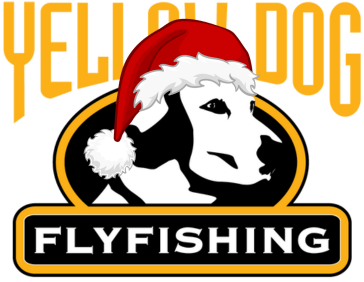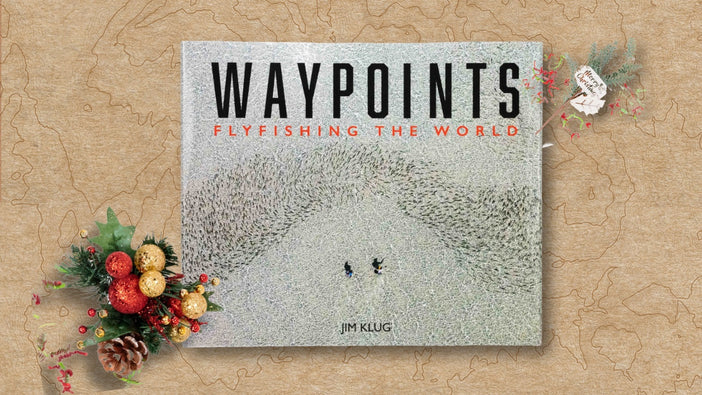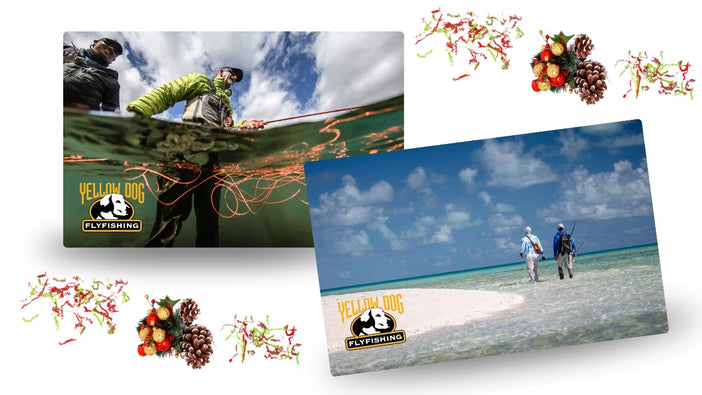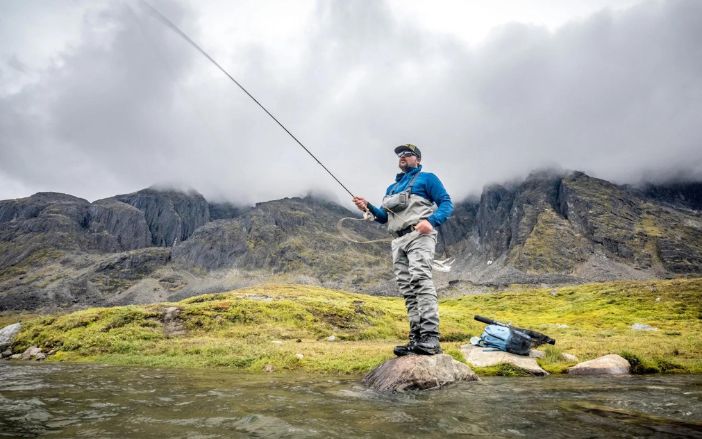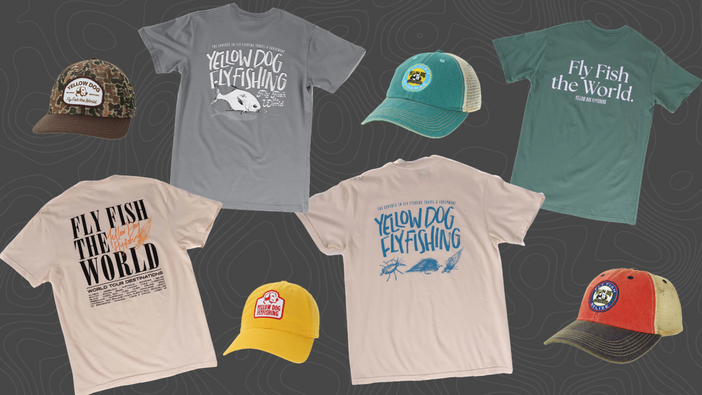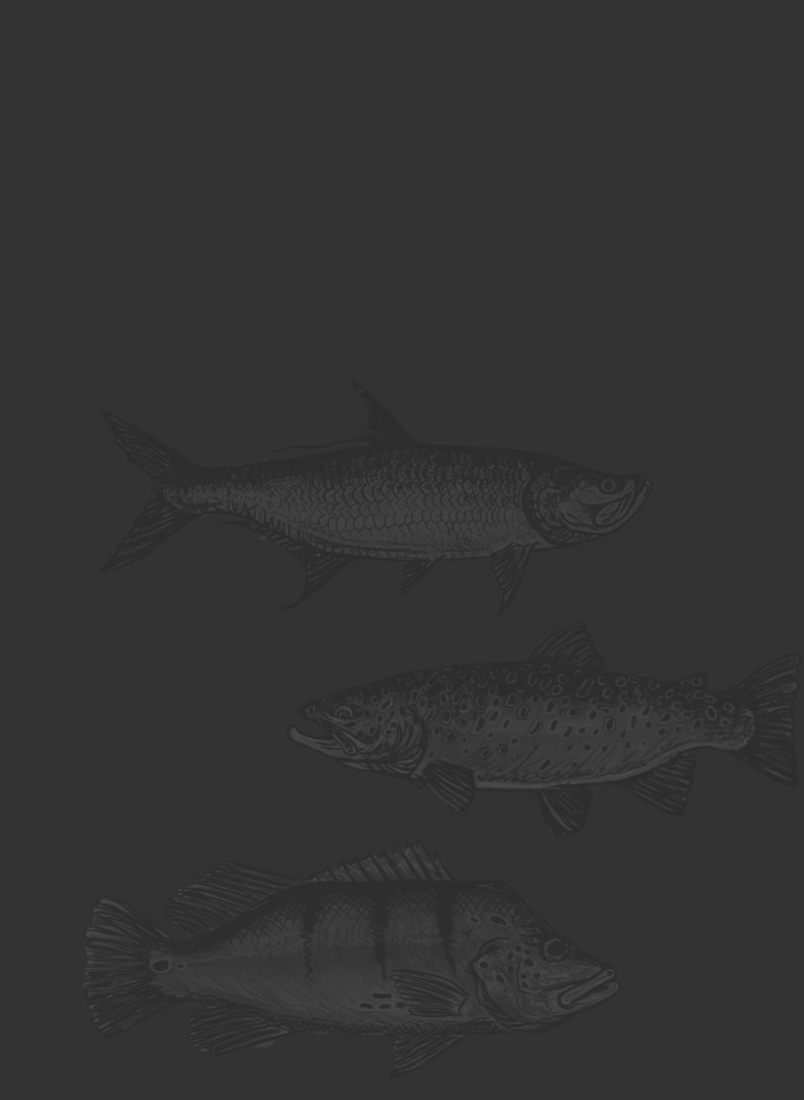The dog days of summer mean its terrestrial season and hoppers, beetles, and ants are currently being devoured across Montana. Anglers love this time for many reasons: The flies are big and easy to keep in sight, the takes are often aggressive, and we've never met an angler who didn't love to fish dry flies.
However, there's a brief period during the warmest months of the year when the spruce moth takes flight--and the trout take notice. Smaller and perhaps lacking the same lore and devoted following as their larger counterparts the salmon fly, the green drake, or the ever-reliable PMD hatch, the spruce moth hatches at a really unique period for area rivers.
Firstly, temperatures are high--pushing into the 90's some days. Hoot owl restrictions wax and wane, and anglers are encouraged to get off the water early to avoid unnecessary stress on trout. Fortunately, the spruce moth hatch generally coincides with this time--meaning you can catch the feeding window during the best fishing hours of the day.

Secondly, its safe to bet the fish you're targeting have seen a few flies over Spring and Summer. The spruce moth hatch falls at the edge of summer when water is typically low and fish are educated. The sight of a new, high-calorie food source brings wary fish back into the mix before the onset of fall and a new stage of hatches.
Finally, although smaller than a big hopper, fish hammer spruce moths with gusto. If you are able to find the hatch, it will likely lead to success. While others are occasionally hooking fish on a standard hopper-dropper rig, a spruce moth hatch can be one of the most epic of the year--rivaling all those big bugs angler opine for.
Top 5 Spruce Moth Flies
1. Spruce Almighty

The Spruce Almighty utilizes more traditional materials similar to those found in a caddis pattern. A split elk hair wing and CDC abdomen and thorax are going to offer a little more natural movement than a synthetic, while also riding slightly lower in the film. The combination of the two materials provides a super realistic profile when wet and is easy to keep track of.
2. Richter Scale Spruce Moth

Similar to the Spruce Almighty, the Richter Scale borrows traits of a traditional caddis pattern utilizing elk hair and CDC. It doesn't have any hackle down the abdomen that you would find in a traditional elk hair caddis, but an underwing of splayed, white CDC offers buoyancy while resembling the underwing of a moth. The result is a fly that floats super well with a strong profile that is downright irresistible to feeding fish.
3. Corn Fed Spruce Moth

Lance Egan's Corn Fed Caddis has gained some admirable notoriety -- and for good reason. The heavy-handed use of CDC and a synthetic wing make for a never-sink dry fly that both resembles a large caddis and weighs practically nothing. The Corn Fed Spruce Moth is an iteration of the original, integrating cream-colored CDC and a lighter thorax than its caddis counterpart. This is an excellent fly to "flutter" on the water, with the CDC fibers giving a lot of natural motion to imitate a spruce moth eager to get off the water.
4. Elk Hair Spruce Moth

You might be seeing a trend, but its for good reason. The elk hair spruce moth follows in the same vein as a few others, though far more traditional with a ribbing of ultrawire and a hackled body. The reality is, spruce moths are a lot beefier than some caddis, but their profiles are remarkably similar from the perspective of a trout. The use of tan/cream elk hair is a lot lighter than a traditional caddis wing, but there is some useful crossover--especially if the evenings are producing caddis hatches. If you're seeing both, start with this fly to potentially get the best of both worlds.
5. Spruce Moth Hippie Stomper

This fly is downright fun, and Andrew Grillos' hippie stomper pattern is a fan favorite all over. The hippie stomper is useful in a few ways -- firstly, its dropper friendly, with ample foam allowing for a tungsten nymph underneath. Secondly, spruce moths fall in the same window as hopper season, so there is a lot of opportunities for this to replicate both a spruce moth or a wayward hopper. If you're prospecting for fish and looking to cover water, this should be your go-to. Additionally, sometimes that extra "slap" of the foam on the water is precisely what a trout needs to entice an eat.
The reality is, this bug is the subject of contention. They are by no means a valued resource to the broader ecosystem as their larval forms feed on fir and spruce trees before maturing and taking flight. This can result in extensive damage to our local forests. However, they are a highly-desired food source for trout and a hatch you should be ready to take advantage of.
+ Click Here to View Montana Fishing Reports
+ Click Here to View the U.S. Rockies Equipment List
Related Articles:
